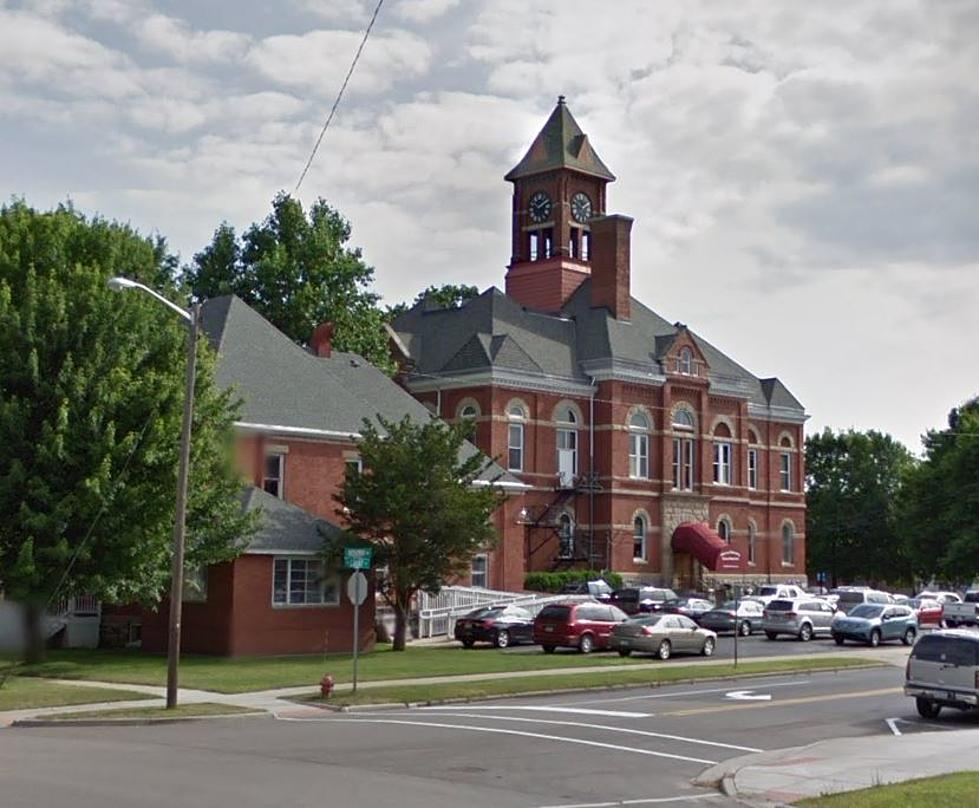
It’s Safe To Go Outside Again; Doomed Space Station Missed Us
It is finally safe to go outside again. China’s Tiangong-1 (which translate to "Heavenly Palace") space station came back into Earth's atmosphere, and crashed into the South Pacific early Monday, local time, missing Southwest Michigan, which was a potential early target.
Much like the S.S. Minnow, the space station was only supposed to last about two years from its September 2011 launch but kept transmitting signals into 2016.
While the mission was a success, getting the space station down called attention to a bigger problem.
Tiangong-1’s re-entry demonstrates a larger problem: that of space junk. It is estimated that there are some 14,000 uncontrolled objects larger than a softball in orbit around Earth. Every one of them is a potential hazard to other functioning objects in space, such as satellites. They, along with another 9,000 objects still controlled by governments and private companies, are tracked by national authorities and the Space Surveillance Network. - Japan Times
Here's the really interesting part of any clean up project: The Japan Times article says "the primary obstacle to establishing a successful regime for cleaning up space debris is not technology but legal rights. The nation that sends an object into space retains ownership no matter what condition it is in. Touching or interfering with an object in space, even if this is done only in the act of disposing of it, could be considered an act of war."
It's not like we have enough things to worry about, but this could be a real life "Star Wars".
BONUS VIDEO
More From WKMI









